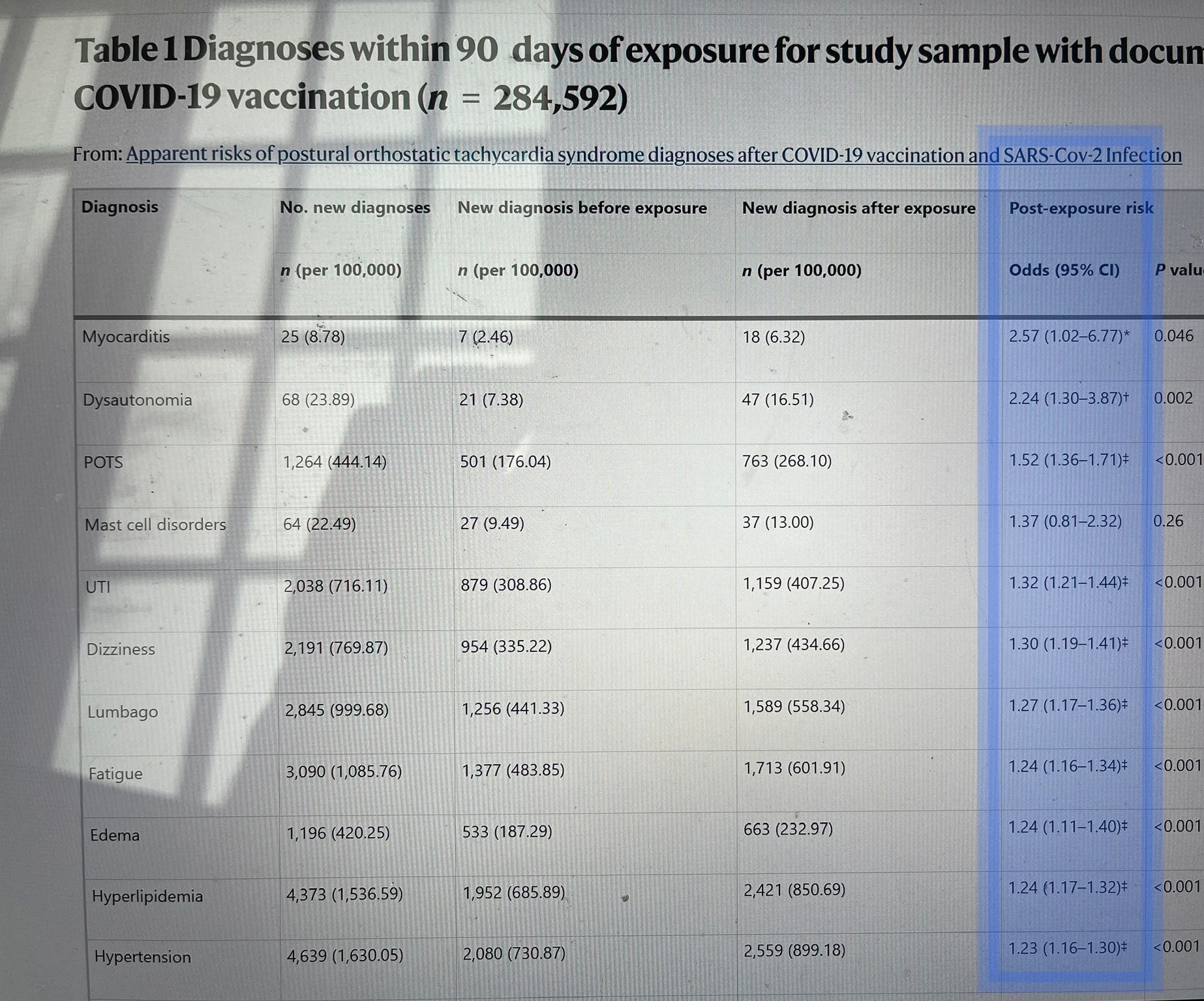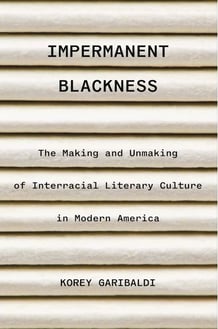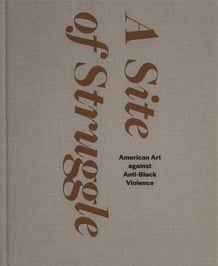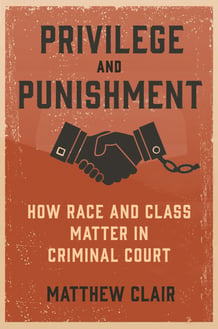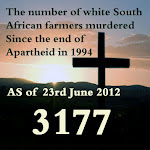From: Alex Berenson from Unreported Truths <alexberenson@substack.com>
To: add1dda@aol.com
tue, feb 28, 2023 11:20 am
URGENT: mRNAs jabs may have caused tens of millions of serious new health problems worldwide, a huge peer-reviewed…
URGENT: mRNAs jabs may have caused tens of millions of serious new health problems worldwide, a huge peer-reviewed study showsCovid vaccines are linked to a 20 percent rise in new diagnoses for at least three months after vaccination; a second report finds even higher risks for people with preexisting autoimmune problemsAdults have sharply higher risks of being diagnosed with heart, skin, and psychiatric conditions for at least 90 days after they receive Covid jabs, a peer-reviewed study of almost 300,000 people in California has shown. The researchers examined new diagnoses given to the same people before and after they were vaccinated to see whether the shots changed the risk of new health problems. They found that people were about 21 percent more likely to receive a new diagnosis in the three months after a shot, compared to the three months before. With almost 240 million American adults jabbed, the rise translates into millions of extra new medical problems found in the months after vaccination, and tens of millions worldwide. Serious conditions such as hypertension were about 25 percent more likely to be diagnosed in the three months following a shot than the three months before, the researchers found. Depression, eczema, diabetes, and cellulitis were 10 to 20 percent more likely. Myocarditis diagnoses had the highest additional risk. They were about 2.6 times as likely overall, with an even higher risk in men. Myocarditis is a known side effect of the mRNAs, so the fact it had a particularly high rate of extra diagnoses provides strong evidence that the signal the researchers found was real. Overall, the researchers reported that the 284,000 Covid-vaccinated adults they examined received almost 6,000 additional diagnoses of health conditions in the 90 days after being jabbed compared to the 90 days before. With about 237 million American adults vaccinated, that estimate would translate into about 5 million extra diagnoses for problems like diabetes in the three months following the shots. Worldwide, the number could be up to 25 million. — — In the chart below, the blue column is the risk someone will be diagnosed with a new condition following vaccination, compared to the risk before. For example, about 2,560 out of the 284,000 people were diagnosed with hypertension up to three months after vaccination, compared to 2,080 of the same people up to three months before. The extra 480 cases translated into a 23 percent higher risk of hypertension following vaccination. Because the number of cases was so high, the risk was highly statistically significant, meaning the finding probably was not due to chance. (Apologies for the laptop screenshot) — The study's researchers are a group from Cedars-Sinai Medical Center, a big hospital system in Los Angeles. Their findings were published in Nature Cardiovascular Research in December. But the paper has received almost no attention, a common response to reports that raise questions about the safety of the vaccines. The researchers also noted that in a smaller sample of adults infected with Covid, new diagnoses for health conditions rose about 40 percent in the three months after infection compared to the three months before. That fact should come as no surprise. Viral infections are both a marker for and a potential cause of ill-health. Further, people are likely visit their doctors both while they are sick with Covid and shortly after they recover. Those contacts provide a chance for them to receive new diagnoses. In contrast, people generally receive Covid shots at clinics or pharmacies, not from their doctors, so the chance that the process of receiving a new shot will lead to a diagnosis is minimal. Thus, if Covid jabs are not harmful, mass vaccinations should not impact the timing of illnesses or their diagnoses. New diagnoses should be scattered randomly before and after the shots. In fact, people who are feeling ill when they are due for a vaccination may be likely to delay the jab and go to a physician instead. They may then receive a diagnosis that would be counted as occurring before the shot, not after. This "healthy vaccinee bias" should mean that new illness diagnoses are less likely for a few days after vaccination than before, even if the shots have no effect. As a result, the 20 percent increase in common diagnoses after vaccination is particularly stunning. — Meanwhile, researchers in Hong Kong independently found an even sharper increase in autoimmune "flares" following Covid shots. The risk of new episodes of lupus, rheumatoid arthritis, and other serious autoimmune conditions roughly doubled following the shots in a group of 562 patients with those conditions they followed, compared to 1,055 who did not. The paper was published February 17 in the Journal of Clinical Rheumatology and Immunology. But not all vaccines carried the autoimmune risk. Only mRNA shots did. Chinese-style inactivated virus vaccines did not. Hong Kong used both types of jabs, making a direct comparison possible. The researchers suggested that the mRNA shots cause the flares by stimulating a specific immune receptor that causes the release of inflammatory cytokines. "Risk-benefit considerations in patients with active rheumatic disease may favor inactivated virus rather than mRNA vaccines to avoid the risk of flare-ups of any severity," the researchers wrote. Americans do not have that option, as the United States does not allow the use of Chinese inactivated Covid vaccines. You're currently a free subscriber to Unreported Truths. For the full experience, upgrade your subscription. |
